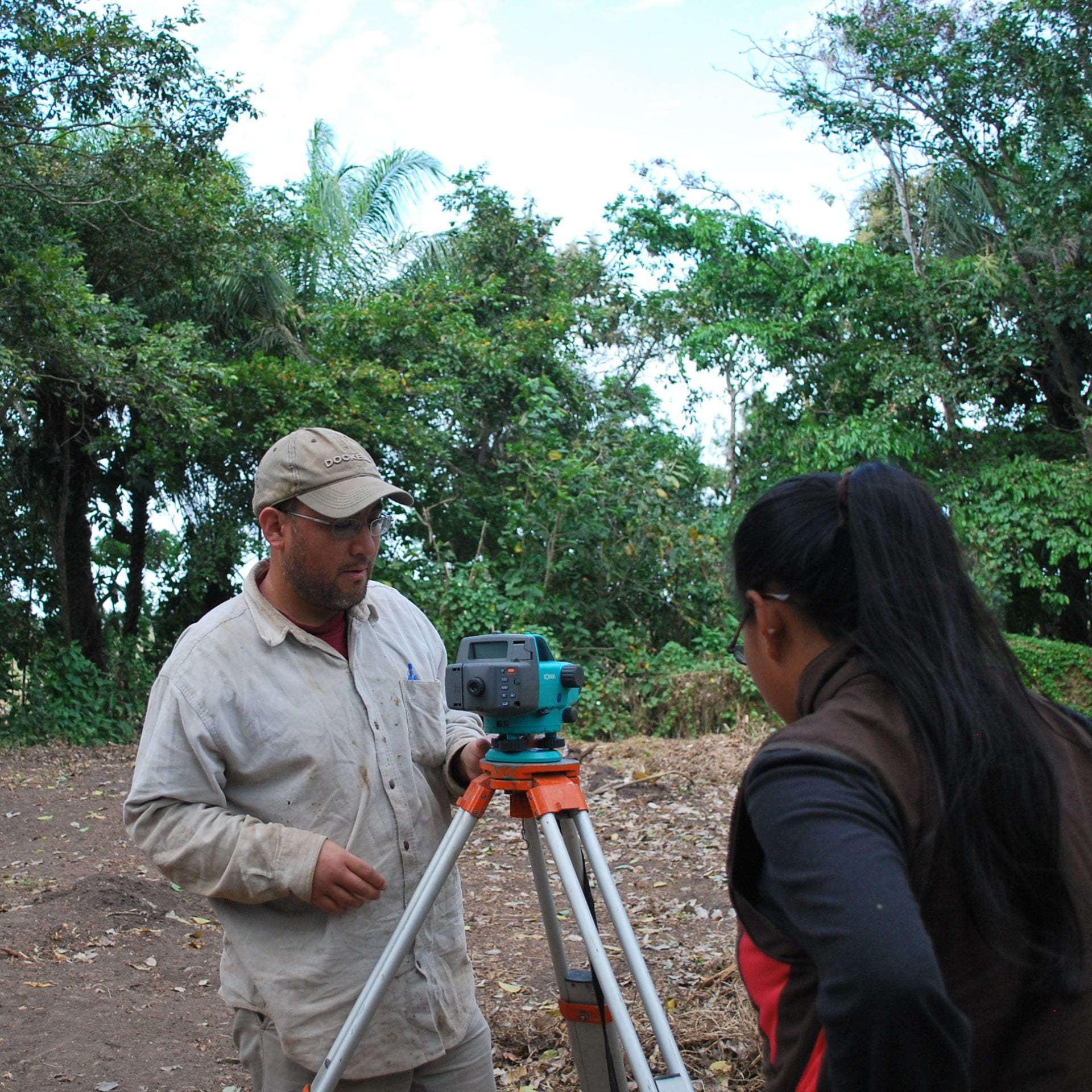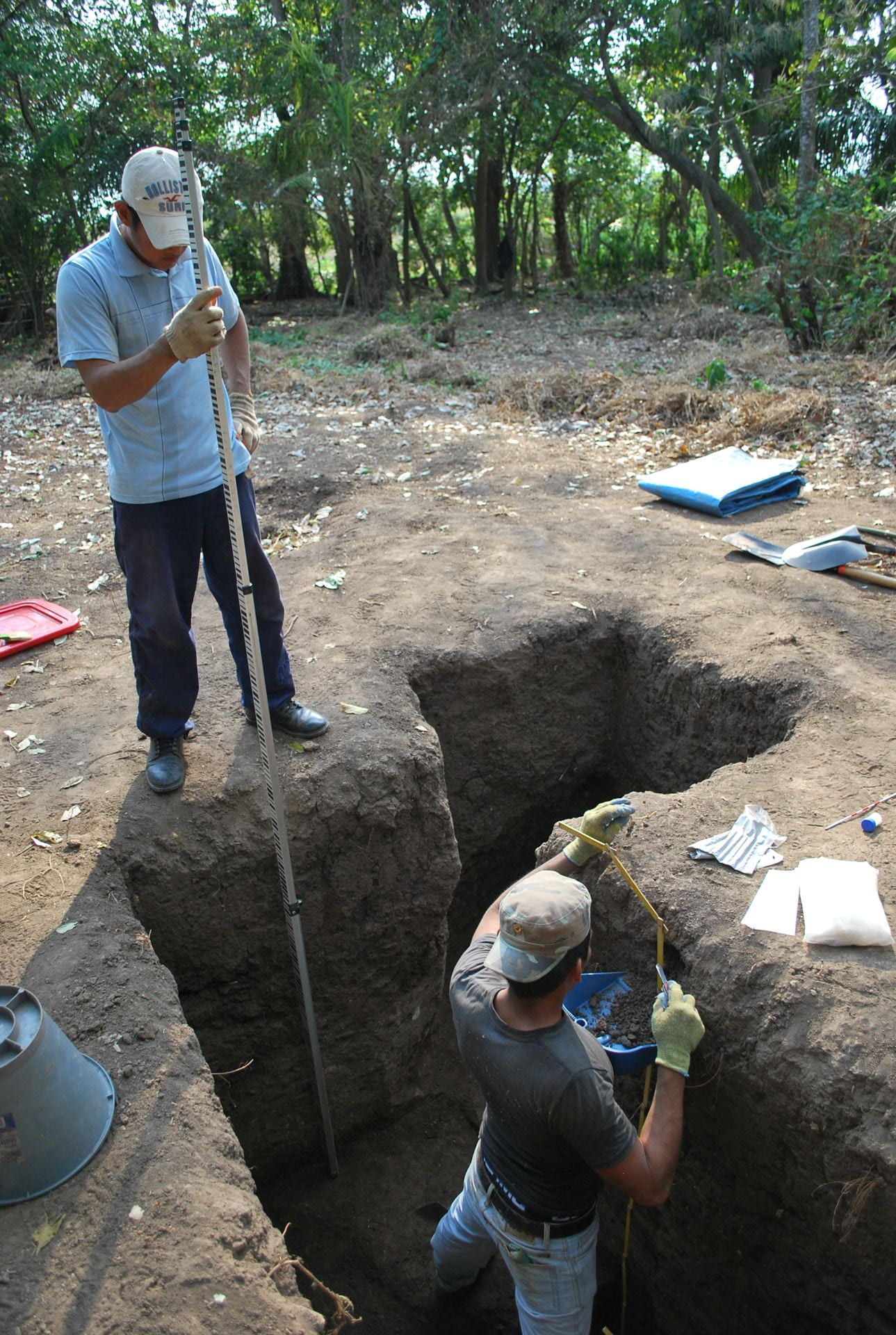The peopling of southwestern Amazonia, a region where some of the most important crops in the Americas were likely domesticated, is poorly understood in part due to the absence of stones in the region. Complementing sedimentary core sampling with archaeological excavations, we have investigated in a series of forest islands formed above shell middens in the Llanos de Moxos savannas of southwestern Amazonia starting nearly ten thousand years ago. This work published in journals such as Nature and Science Advances reexamines the questions of when, where, and how this region was initially occupied, what the environment was like, and how did anthropogenic transformation in synergy with the effects of paleoclimatic change affected regional resource distribution and availability. As a result, we have shown that cassava, cucurbits and eventually maize, began to be cultivated in a context of environmental variability and increased demographic pressure, which likely affected hunting returns by constraining mobility and incentivizing experimenting with horticulture and the development of intergroup competition as manifested in burials and the recurrent use of specialized residential shell midden sites.
Collaborators
- Dr. Umberto Lombardo, University of Bern, Switzerland


